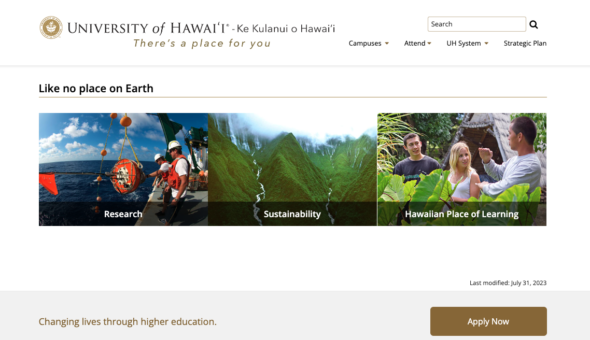Higher education institutions empower students to find and develop their unique voices, but it is easy to forget that institutions must also develop individual personalities. What is your institution’s unique voice and core personality? What is the common thread that ties all programs and experiences together that makes your institution distinct from all others and provides cohesive marketing strategies?
In my career, I have worked for two different types of higher ed institutions. Some institutions have majors in varied programs, including English, music, computer science and nursing. Then there are ones that offer only closely related majors, for example, in the creative arts, including filmmaking, acting, musical theater and photography. In both cases, finding a common thread among the students or the programs can help marketers clearly and concisely promote the college through an overarching strategic theme.





